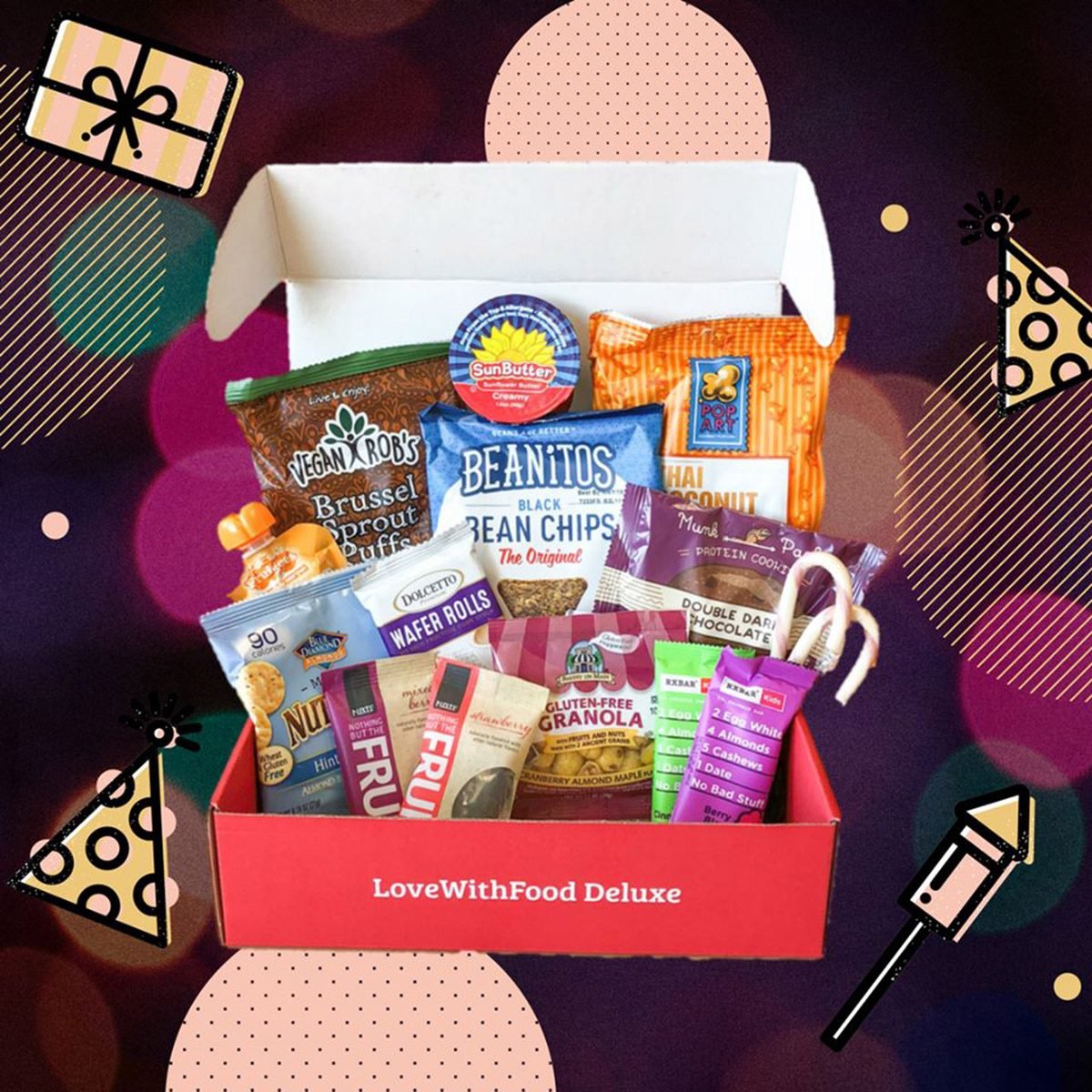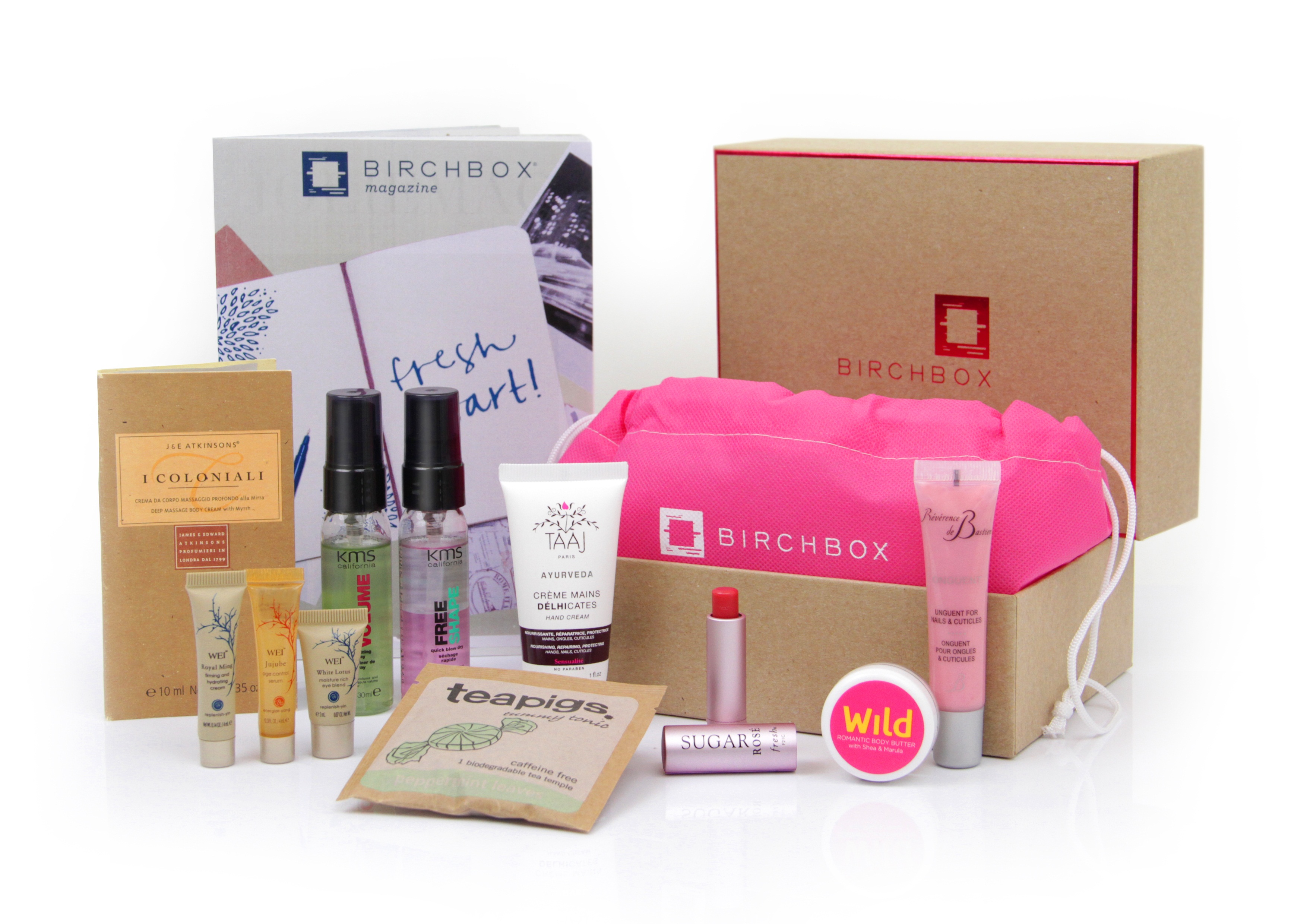Monthly sample subscription boxes are captivating the market with their allure of convenience, discovery, and personalization. This comprehensive guide delves into the intricacies of this booming industry, exploring its diverse offerings, benefits, challenges, and operational aspects.
From beauty and wellness to food and tech, subscription boxes cater to a wide range of niches and target audiences, providing curated experiences that cater to specific interests and lifestyles.
Market Overview: Monthly Sample Subscription Boxes
The monthly sample subscription box market has witnessed a remarkable surge in popularity in recent years, driven by the convenience and value it offers to consumers.
According to a report by Statista, the global subscription box market was valued at $21.8 billion in 2021 and is projected to reach $56.8 billion by 2026, reflecting a compound annual growth rate (CAGR) of 17.6%. This growth is attributed to the increasing adoption of online shopping, the desire for personalized experiences, and the rising popularity of niche subscription boxes.
Target Audience
Subscription boxes cater to a wide range of target audiences, including millennials, Gen Z consumers, and parents of young children. These consumers are typically tech-savvy, value convenience, and are willing to pay for personalized experiences.
Millennials, in particular, are a significant target audience for subscription boxes, as they are known for their desire for unique and curated products. They are also more likely to subscribe to multiple boxes across various categories.
Types of Subscription Boxes

Subscription boxes have diversified significantly, catering to a wide range of interests, niches, and target audiences. They can be broadly categorized based on their content, niche focus, and the specific audience they aim to serve.
Each category offers unique value propositions and caters to distinct customer needs, providing a tailored and personalized experience for subscribers.
Content-Based Categories, Monthly sample subscription boxes
- Snack Boxes: Focus on providing a curated selection of snacks, including healthy options, gourmet treats, and international flavors.
- Beauty Boxes: Offer a variety of beauty products, such as skincare, makeup, haircare, and fragrances, allowing subscribers to discover new brands and products.
- Book Boxes: Cater to avid readers, providing a monthly selection of books based on specific genres, authors, or themes.
- Gaming Boxes: Designed for gamers, offering exclusive merchandise, collectibles, gaming accessories, and digital content.
- Pet Boxes: Provide essential supplies, treats, toys, and accessories tailored to the specific needs of different pets.
Niche-Based Categories
- Vegan Boxes: Curated for individuals following a vegan lifestyle, offering plant-based snacks, meals, beauty products, and lifestyle items.
- Eco-Friendly Boxes: Focus on sustainability, providing eco-conscious products, such as reusable items, organic goods, and natural cleaning supplies.
- Travel Boxes: Cater to travelers, offering travel essentials, destination-specific items, and experiences to enhance their journeys.
- DIY Boxes: Provide materials and instructions for subscribers to create their own crafts, projects, or recipes.
- Educational Boxes: Designed for children or adults, offering educational materials, activities, and resources on specific subjects.
Target Audience-Based Categories
- Women’s Boxes: Tailored specifically for women, offering a range of products related to fashion, beauty, wellness, and lifestyle.
- Men’s Boxes: Designed for men, providing products related to grooming, fashion, gadgets, and hobbies.
- Children’s Boxes: Cater to children of different ages, offering toys, books, educational materials, and activities.
- Senior Boxes: Designed for seniors, providing products and services that support their health, well-being, and hobbies.
- Subscription Boxes for Couples: Offer products and experiences tailored to couples, fostering connection and shared interests.
Benefits and Drawbacks
Subscription boxes offer numerous advantages, making them an increasingly popular choice among consumers. One of the key benefits is convenience. With subscription boxes, customers can receive a curated selection of products delivered directly to their doorstep on a regular basis, saving them the hassle of shopping and browsing through countless options.
Another significant advantage is the opportunity for discovery. Subscription boxes often feature products from small businesses or niche brands that may not be easily accessible through traditional retail channels. This allows customers to explore new and unique products, expanding their horizons and introducing them to brands they might not have otherwise encountered.
Personalization is another major benefit of subscription boxes. Many providers offer customizable options, allowing customers to tailor their boxes to their specific interests and preferences. This ensures that they receive products that they will genuinely enjoy and find useful.
Drawbacks and Challenges
Despite the numerous benefits, subscription boxes also come with potential drawbacks and challenges. One of the main concerns is cost. While some subscription boxes offer affordable options, others can be quite expensive. Customers should carefully consider their budget before committing to a subscription.
Another challenge is the commitment involved in subscription boxes. Customers typically sign up for a fixed period, which may not always align with their changing needs or preferences. This can lead to a sense of obligation or pressure to continue receiving boxes even if they are no longer interested in the products.
Customer Acquisition and Retention
Attracting and retaining subscribers is crucial for the success of any subscription box service. Effective strategies include targeted marketing campaigns, exceptional customer service, and fostering a sense of community among subscribers.
Marketing
- Utilize social media, email marketing, and influencer partnerships to reach potential customers.
- Create compelling content that highlights the value and uniqueness of the subscription box.
- Offer incentives for referrals and first-time purchases to encourage customer acquisition.
Customer Service
- Provide prompt and responsive support through multiple channels (e.g., email, phone, live chat).
- Handle customer inquiries and complaints efficiently and effectively to build trust and loyalty.
- Personalize the customer experience by understanding their preferences and providing tailored recommendations.
Community Building
- Create online communities (e.g., forums, social media groups) where subscribers can connect and share experiences.
- Host virtual or in-person events to engage with subscribers and foster a sense of belonging.
- Encourage subscribers to share their unboxing experiences and reviews on social media to generate user-generated content.
Content Curation and Product Selection
To establish a successful subscription box business, it is crucial to curate high-quality content and meticulously select products that resonate deeply with your target audience. This involves understanding their interests, preferences, and aspirations.
Product sourcing is a critical aspect of this process. Explore various suppliers, attend trade shows, and conduct thorough research to identify unique and compelling products that align with your brand’s identity and value proposition.
Sampling and Feedback Collection
Sampling plays a vital role in ensuring customer satisfaction. Allow potential subscribers to experience your products firsthand through sample boxes or trial-sized offerings. This enables them to make informed decisions about subscribing and builds trust in your brand.
Feedback collection is equally important. Actively seek feedback from subscribers through surveys, social media interactions, and customer service channels. This feedback serves as invaluable input for refining your product selection, enhancing the overall customer experience, and fostering a sense of community among your subscribers.
Packaging and Presentation

Packaging and presentation play a crucial role in shaping the customer experience. They serve as the first physical interaction with the brand and can leave a lasting impression.
To design visually appealing and functional packaging, consider the following:
Brand Identity Alignment
- Ensure that the packaging design aligns with the brand’s identity, values, and target audience.
- Use colors, fonts, and imagery that resonate with the brand’s personality.
Visual Appeal
- Create packaging that is visually appealing and draws attention.
- Consider using high-quality printing, vibrant colors, and eye-catching graphics.
Functionality
- Design packaging that is functional and easy to open and use.
- Consider factors such as durability, portability, and environmental sustainability.
Pricing and Value
Subscription boxes offer a curated selection of products at a regular interval, and their pricing strategies play a crucial role in determining their success. Factors like product costs, packaging, shipping, marketing, and profit margins influence the pricing of subscription boxes.
Justifying the subscription cost to customers is essential for long-term retention. Delivering perceived value through high-quality products, exclusive items, convenience, and personalized experiences can help create a positive perception of the subscription’s worth.
Value Proposition
The value proposition of a subscription box lies in its ability to provide customers with a curated selection of products that meet their specific needs and interests. This value can be quantified by considering the total retail value of the products included in the box, as well as the perceived value of the convenience, exclusivity, and personalization offered. By ensuring that the perceived value exceeds the subscription cost, businesses can justify the price and encourage customer retention.
Subscription Management and Logistics

Managing subscriptions involves overseeing order fulfillment, shipping, and billing. Logistics and customer support present challenges that require efficient practices.
Order Fulfillment
- Process and verify orders accurately and promptly.
- Maintain inventory levels to meet demand and avoid stockouts.
- Package products securely and professionally.
Shipping
- Choose reliable shipping carriers and negotiate competitive rates.
- Optimize shipping methods for cost-effectiveness and timely delivery.
- Provide tracking information to customers and monitor shipments.
Billing
- Establish clear billing cycles and payment methods.
- Process payments securely and efficiently.
- Handle refunds, cancellations, and subscription changes promptly.
Challenges and Best Practices
Logistics challenges include managing high order volumes, maintaining inventory, and ensuring timely delivery. Best practices include using technology for automation, partnering with reliable vendors, and providing excellent customer support.
Customer support is crucial for handling inquiries, resolving issues, and building customer loyalty. Establish clear communication channels, respond promptly, and provide personalized assistance.
Conclusion
In conclusion, monthly sample subscription boxes have emerged as a powerful force in e-commerce, offering a unique blend of convenience, value, and engagement. By understanding the dynamics of this industry, businesses can harness its potential to drive growth, build loyal customer bases, and create memorable brand experiences.
User Queries
What are the benefits of subscribing to monthly sample subscription boxes?
Convenience, discovery of new products, tailored experiences, and potential savings.
How do subscription boxes determine their pricing?
Factors include product costs, shipping expenses, curation efforts, and perceived value.
What are the challenges faced by subscription box businesses?
Customer acquisition, product sourcing, logistics, and managing subscription renewals.